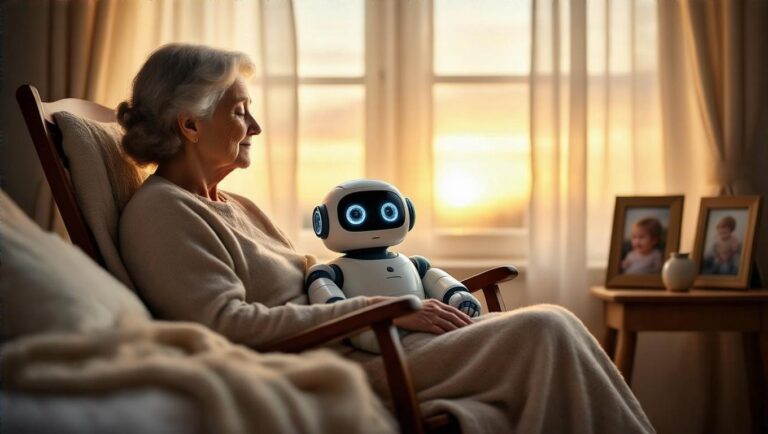Answer just a few questions and we'll have you matchedwith your perfect Companion Robot!Click now for your FREE custom report!
Jibo: How This Educational Companion Robot Is Reshaping Classroom Learning
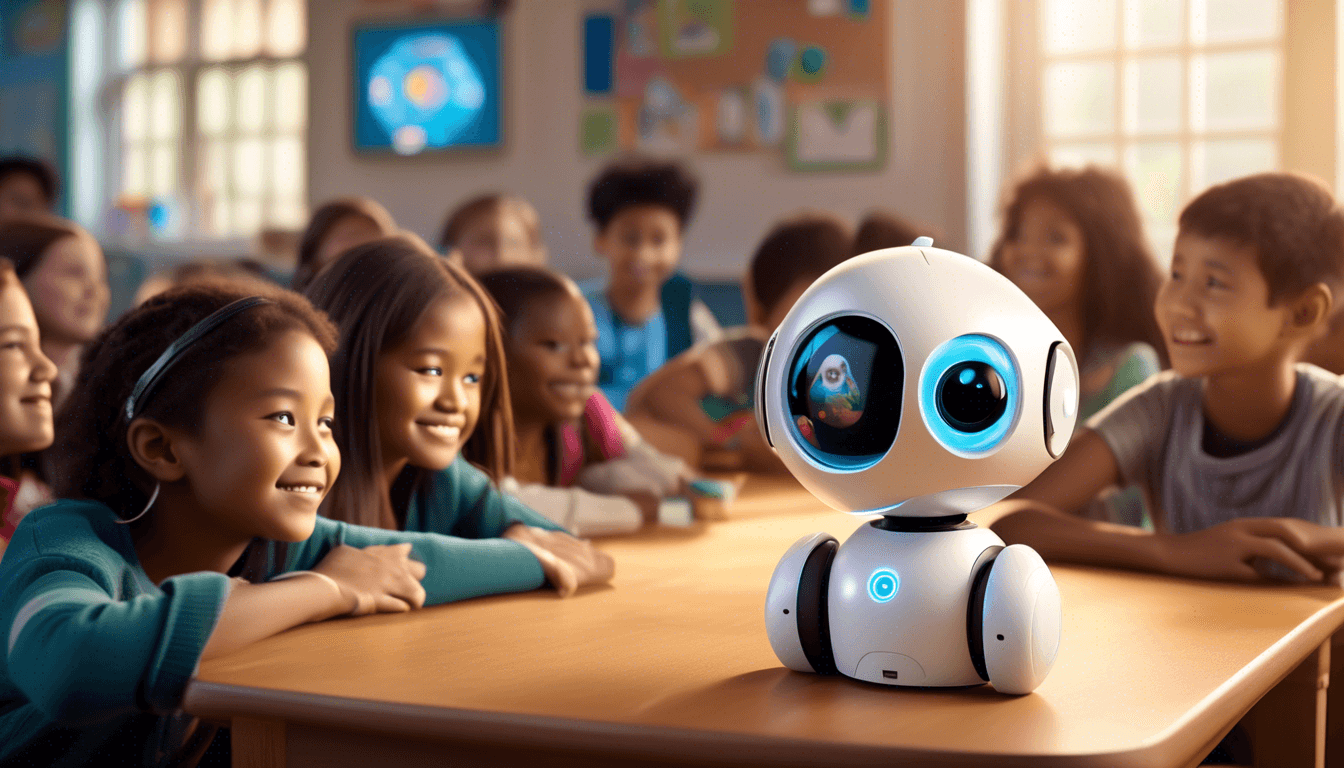
Jibo: How This Educational Companion Robot Is Reshaping Classroom Learning
Get ready to meet your new favorite teacher’s pet – and no, it’s not the class hamster. I’m talking about Jibo, the adorable companion robot that’s taking education by storm! This little guy is packed with features designed to engage students and make learning a blast.
What Exactly Is Jibo?
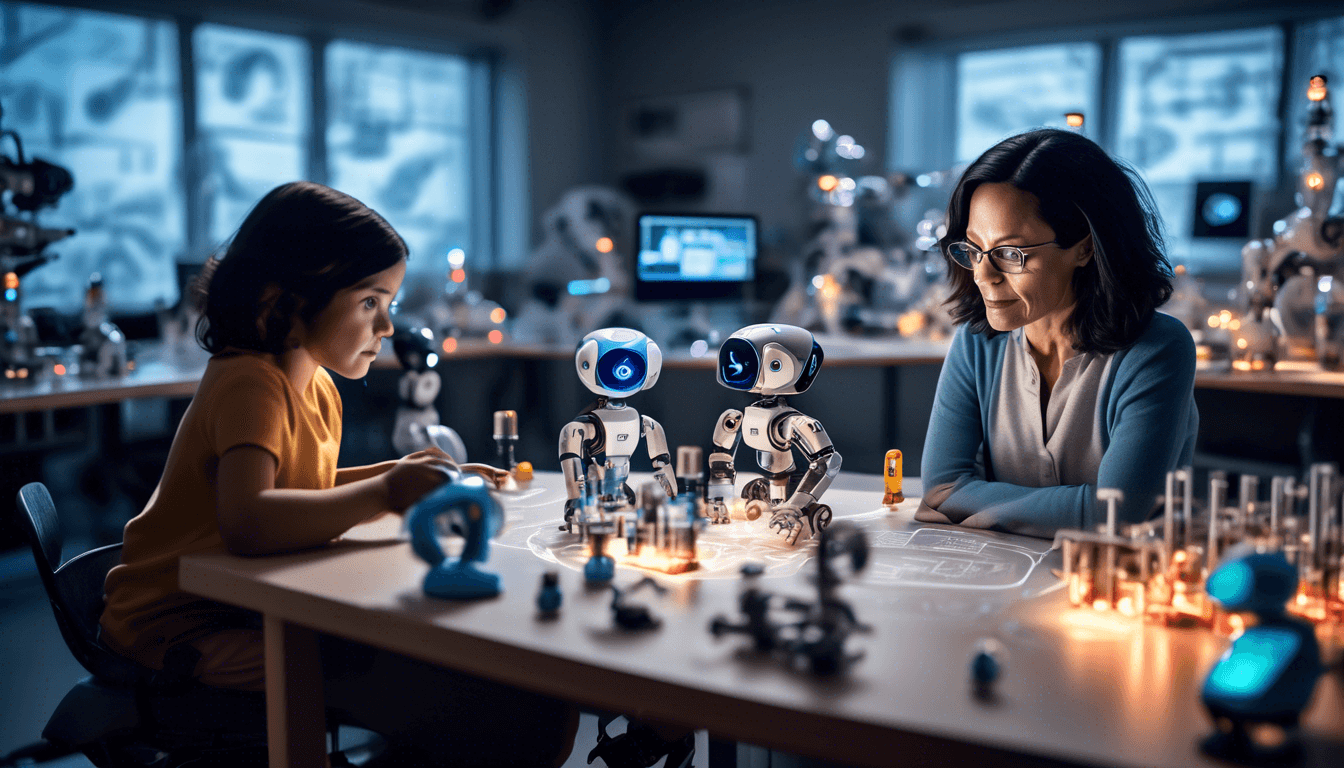
Imagine a friendly robot sidekick, always ready to lend a hand (or a voice) in the classroom. That’s Jibo in a nutshell. Developed by a team of roboticists and educators, Jibo is an interactive learning companion that can assist with lessons, lead educational games, and even tell a joke or two.
At just under a foot tall, Jibo won’t be dunking on anyone in PE class. But what he lacks in height, he makes up for in personality. With expressive facial animations, a soothing voice, and the ability to swivel and ‘dance,’ Jibo has enough charm to win over even the most skeptical student (or teacher).
Jibo’s Super Skills for Education
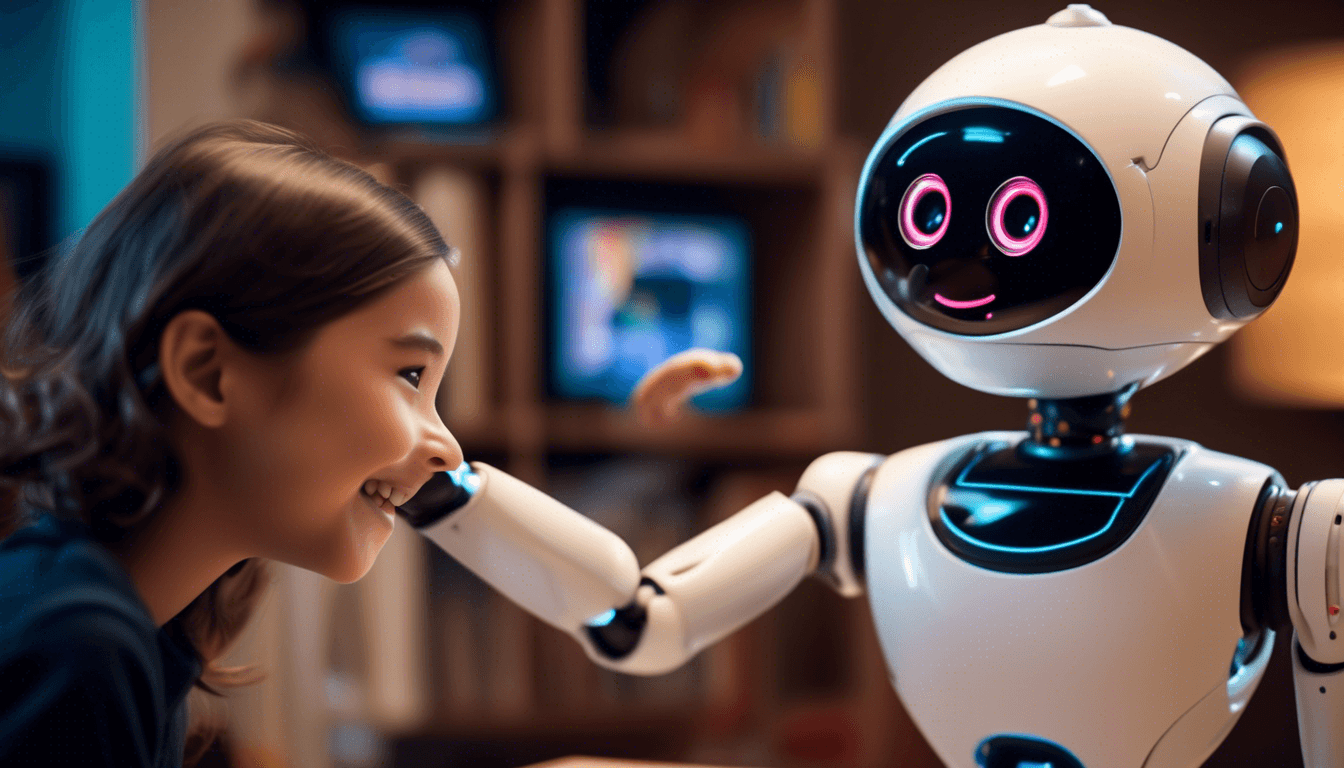
So what can this robo-buddy actually do? Here are some of Jibo’s key features:
Interactive Lessons: Jibo can lead engaging, multimedia lessons on a variety of subjects. He’ll ask questions, give feedback, and keep students on their toes.
Educational Games: Learning is more fun when it’s gamified. Jibo comes preloaded with activities like trivia challenges and memory boosters.
Personalized Learning: Jibo can adapt lessons to each student’s pace and learning style. He’ll remember a student’s progress and give extra help where needed.
Foreign Language Help: Jibo is multilingual and can assist with foreign language studies. ¡Muy bien, Jibo!
Special Needs Support: Jibo’s patient and consistent approach can be especially beneficial for students with learning disabilities or special needs.
Pretty impressive, right? And those are just the CliffsNotes. Jibo has even more tricks up his robot sleeves.
Real-World Jibo Results
Okay, so Jibo sounds cool in theory. But how does he actually perform in the classroom? Educators who’ve used Jibo companion robots for education have reported some exciting results:
Increased Engagement: Students are more motivated to participate in Jibo-led activities. Even shy students come out of their shells to interact with the friendly bot.
Improved Retention: Jibo’s multisensory approach (combining visuals, audio, and interactivity) helps students better grasp and retain new information.
More Fun: Let’s face it, robots are just plain fun. Students enjoy learning with Jibo, and that positive association can boost academic performance.
Of course, Jibo is meant to assist teachers, not replace them. He’s a tool (a very cute tool) in an educator’s toolbox, not a total takeover of the classroom.
Jibo’s Origin Story

Now you might be wondering, where did this teacher’s helper come from? Jibo was developed by Cynthia Breazeal, an MIT professor and pioneer in social robotics. Breazeal’s vision was to create an emotionally intelligent robot that could engage with humans in a natural, empathetic way.
After a successful crowdfunding campaign and years of development, Jibo made his big debut in 2017. Since then, he’s been making his way into homes, offices, and of course, classrooms around the world.
The Future of Educational Robotics
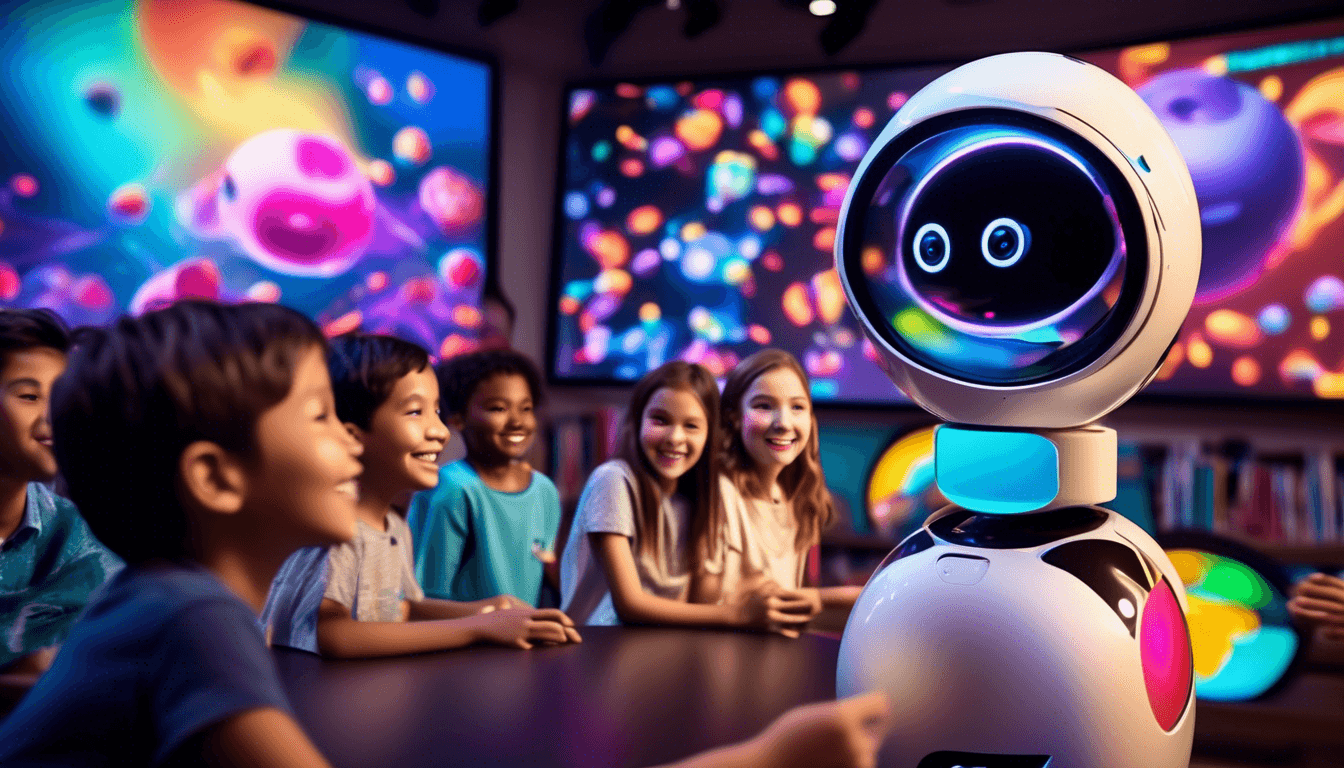
Jibo is just the beginning of a new wave of educational robotics. As the technology advances, we can expect to see even more sophisticated learning companions in the future. Some potential developments:
Adaptive AI: Robots that can learn and adapt to each student’s unique needs and learning style in real-time.
Enhanced Interactivity: More natural conversation, gesture recognition, and even tactile feedback for a richer learning experience.
Expanded Curriculum: Robots that can teach a wider range of subjects and skills, from STEM to the arts.
Telepresence: Robots that can ‘stand in’ for remote teachers or allow students to virtually attend classes from anywhere.
It’s an exciting time for educational technology, and Jibo is leading the charge. So don’t be surprised if you start seeing more robot teaching assistants rolling around your local schools. The future of learning is here, and it’s got a friendly face (screen).
Conclusion
In a world where technology is increasingly intertwined with education, Jibo stands out as a shining example of how robots can enhance the learning experience. With his engaging personality, versatile skills, and proven results, Jibo is reshaping the classroom one swivel at a time.
So here’s to you, Jibo – the teacher’s pet we never knew we needed. Keep on dancing, learning, and making education more awesome for students everywhere. The future looks bright…and it’s got a cute robot face.


